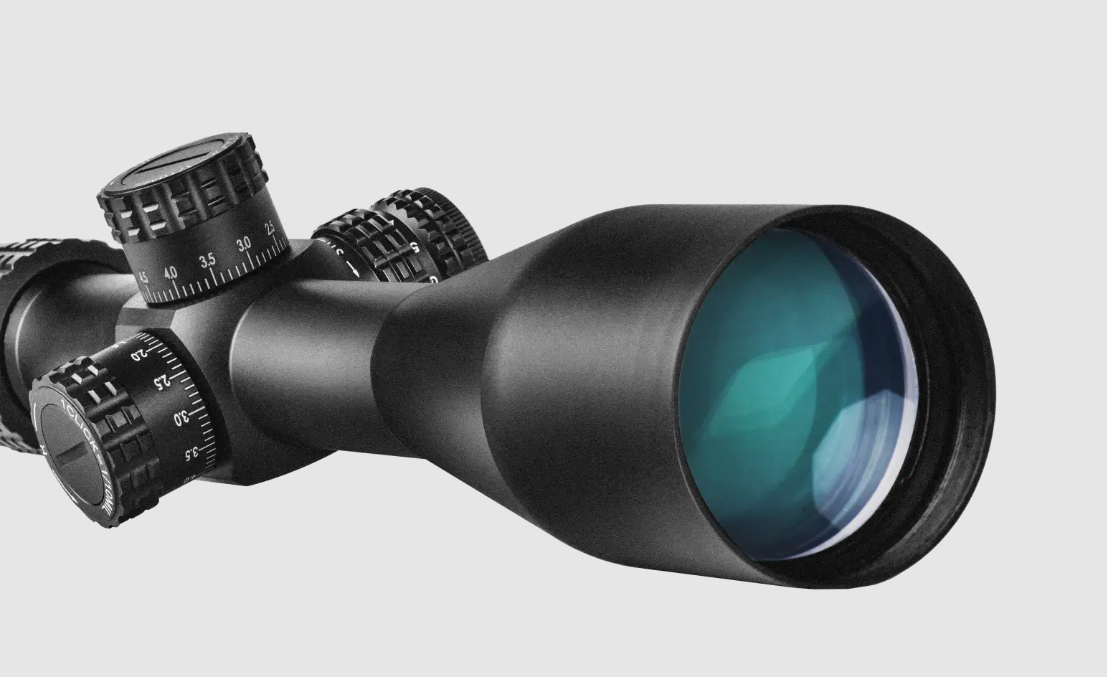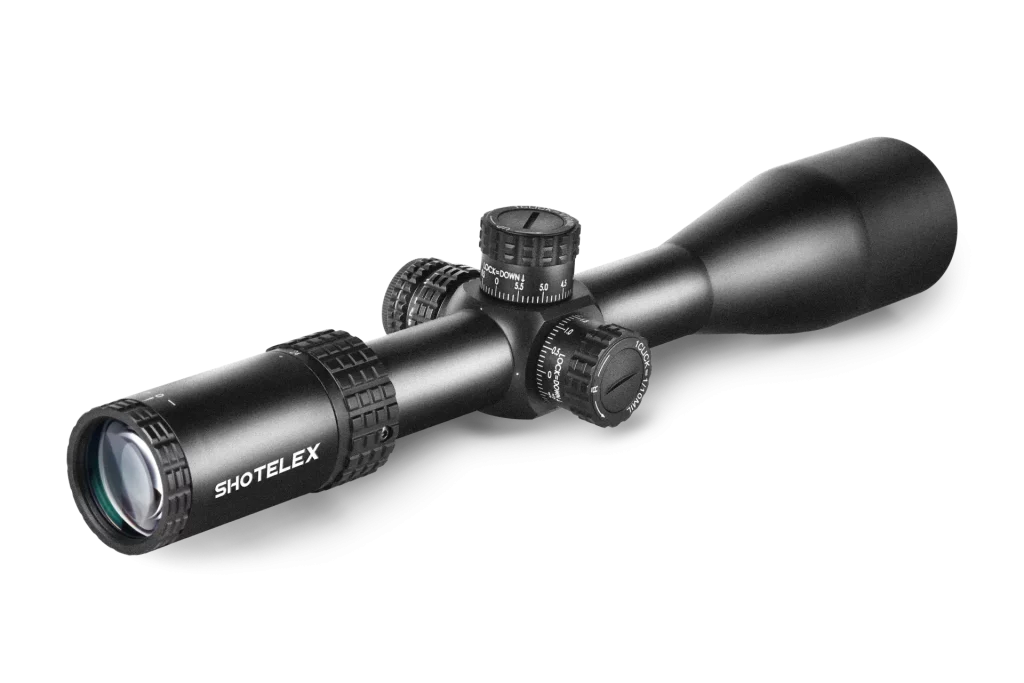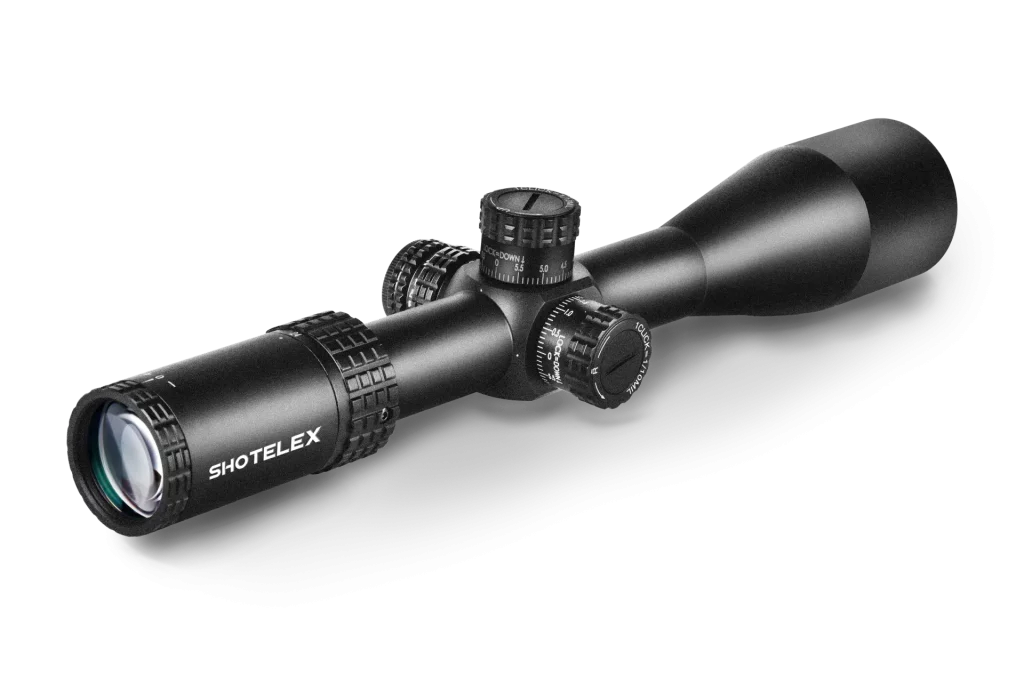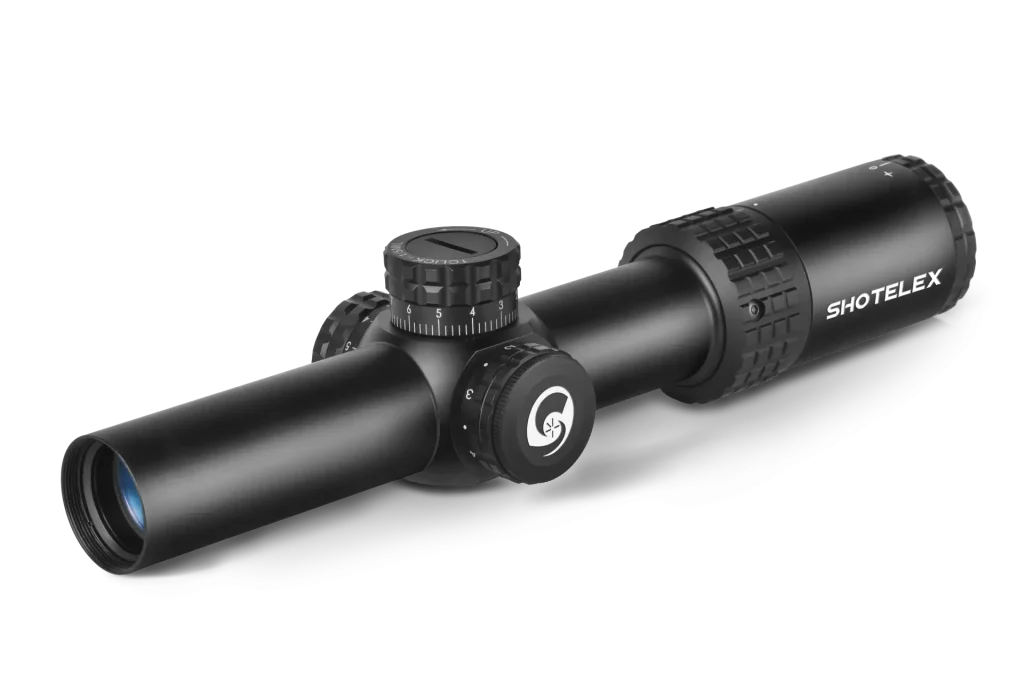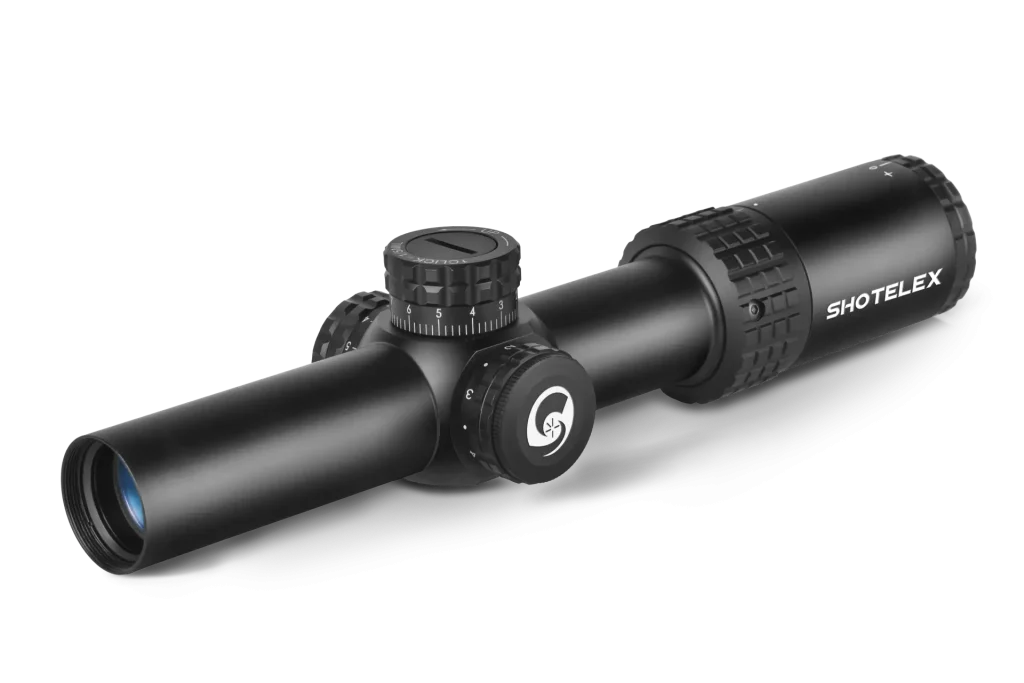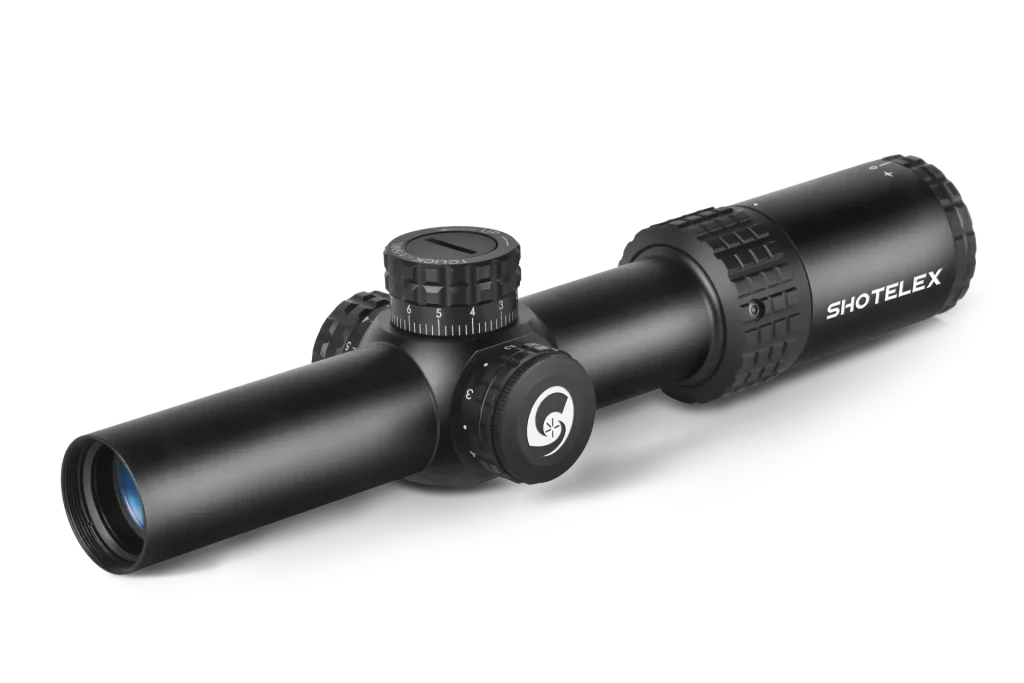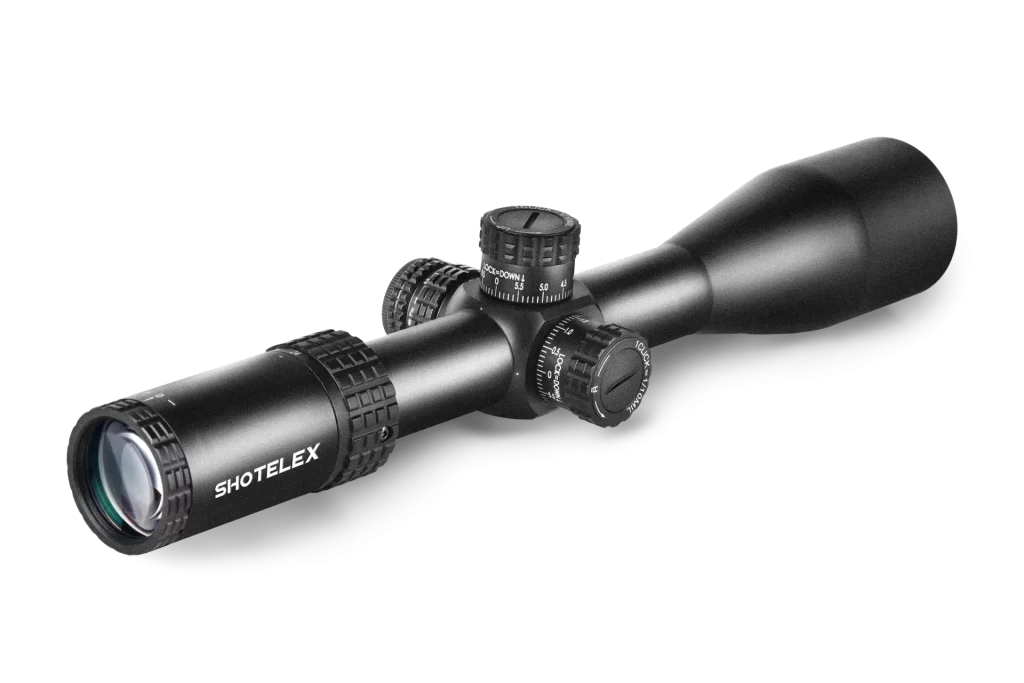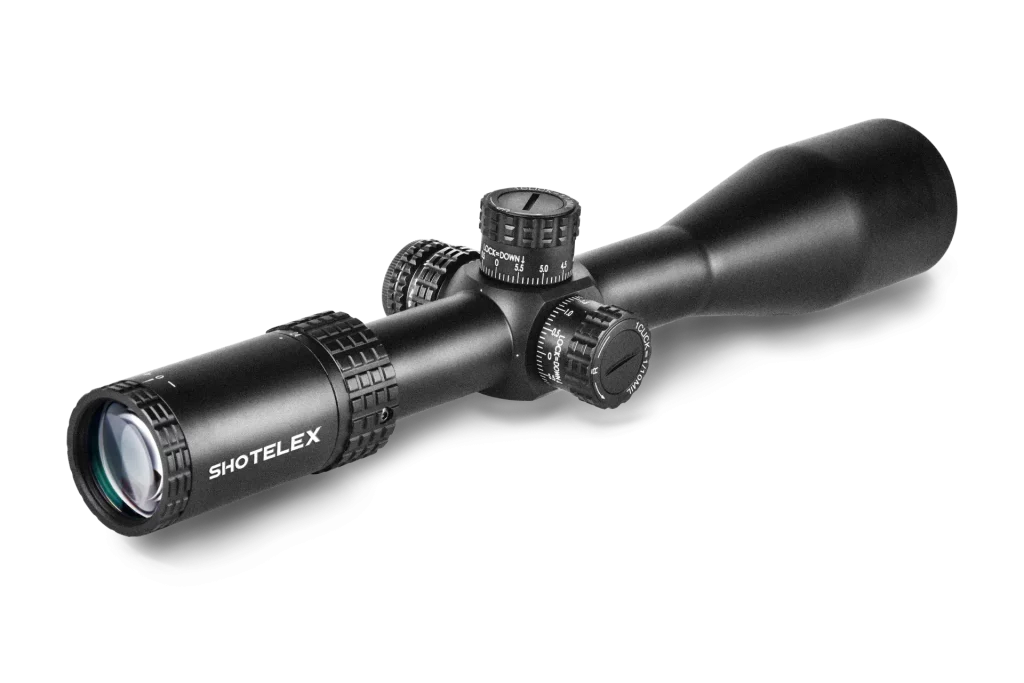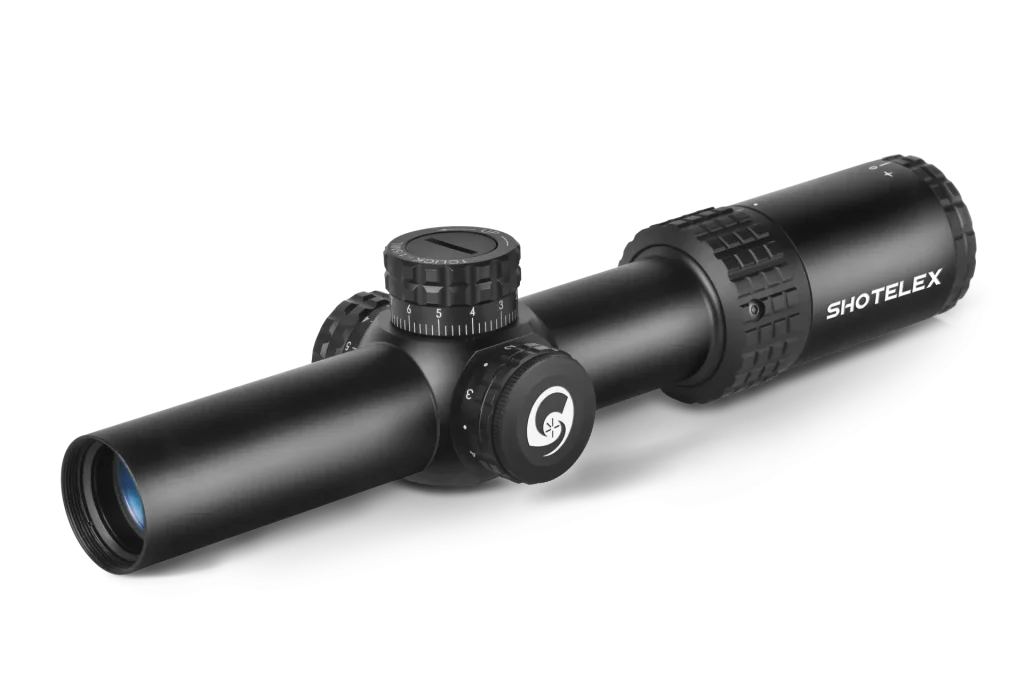Night Vision Hunting Scope Explained: How to Choose and Care
Just imagine, squatting in the woods at midnight, you can’t see your hand in front of your face. The sound of prey breaking a branch is three meters away, but even if you squint your eyes wide, you can only see a dark shadow. At this moment, if there were a scope that could “see through the night”, wouldn’t it be like having an external cheat? Yes, that’s exactly what a night vision hunting sight does: it magnifies faint light like moonlight and starlight, which are invisible to the human eye, into clear images, and can even “capture” the body temperature of animals. But how on earth do you choose this thing? Take it easy. Let’s start with how it works…
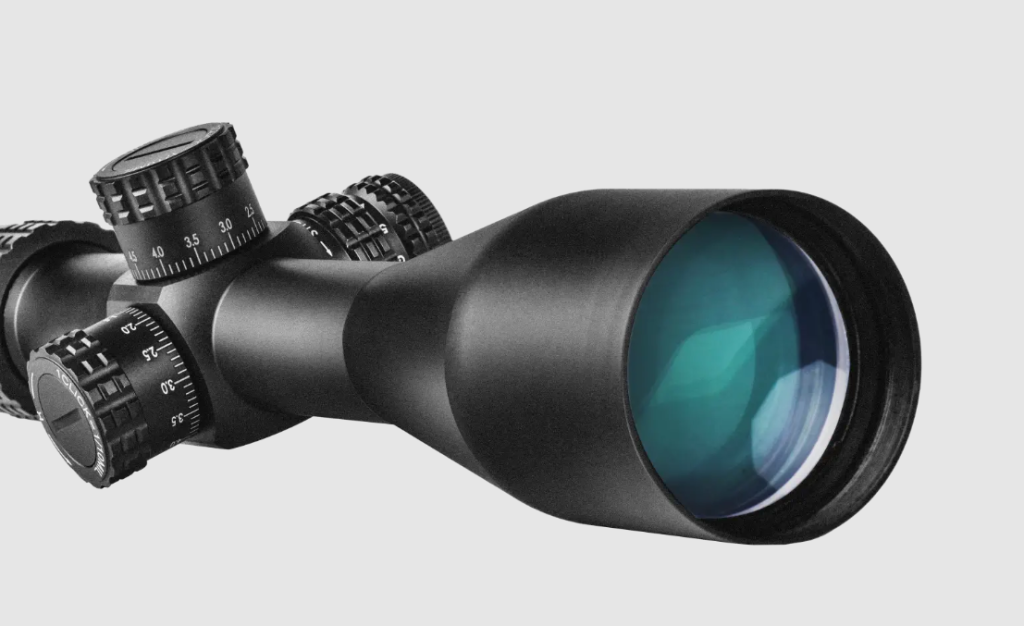
What is a Night Vision Hunting Scope?
A night vision hunting scope is an optical device designed to help hunters see and aim at targets in low-light or no-light conditions. It amplifies available ambient light—whether from the moon, stars, or nearby artificial sources—allowing hunters to see in what would otherwise be complete darkness. These scopes are invaluable for night hunting, providing a significant advantage in tracking and aiming at nocturnal games.
The key function of a night vision hunting scope is to improve visibility in darkness while maintaining accuracy and precision. Historically, night vision technology was primarily developed for military use, especially in situations where combat occurred after dark. Over the years, this technology has been refined and made available for civilian use, particularly for activities like hunting, wildlife observation, and security.
How Does a Night Vision Hunting Scope Work?
To understand how a night vision hunting scope works, we must delve into the underlying technology that makes it possible. In general, night vision scopes work by capturing and amplifying available light.
- The “magic” of turning dim light into strong light
Traditional night vision goggles are like installing a “light amplifier” for the eyes: after the light enters the lens, it is first turned into electrons by the photocathode, then frantically “replicated” through the microchannel plate, and finally projected onto the phosphor screen to become a green image. For instance, even if there is only a little moonlight, it can still enable you to clearly see the ears of a rabbit moving 100 meters away!
- Infrared lighting: Turn on an “invisible flashlight” for the night
What if it’s completely dark weather, such as a cloudy night? At this point, infrared lighting comes in handy – it emits infrared light that is invisible to the human eye, quietly illuminating the target. The prey simply can’t detect it, but you can see it clearly through a scope, just like a special forces soldier wearing a night vision device!
- Digital Night Vision: The “Smart Eyes” of the New Era
Now there is an even trendier style: digital night vision goggles. It doesn’t use traditional enhanced tubes. Instead, it shoots videos like a mobile phone camera and displays the images directly on the screen. The most amazing thing is that it can switch between day and night. During the day, it can be used as a regular scope, and at night, it can be switched to night vision mode with just one click. It can also record the wonderful moments of your hunting and share them on Moments!
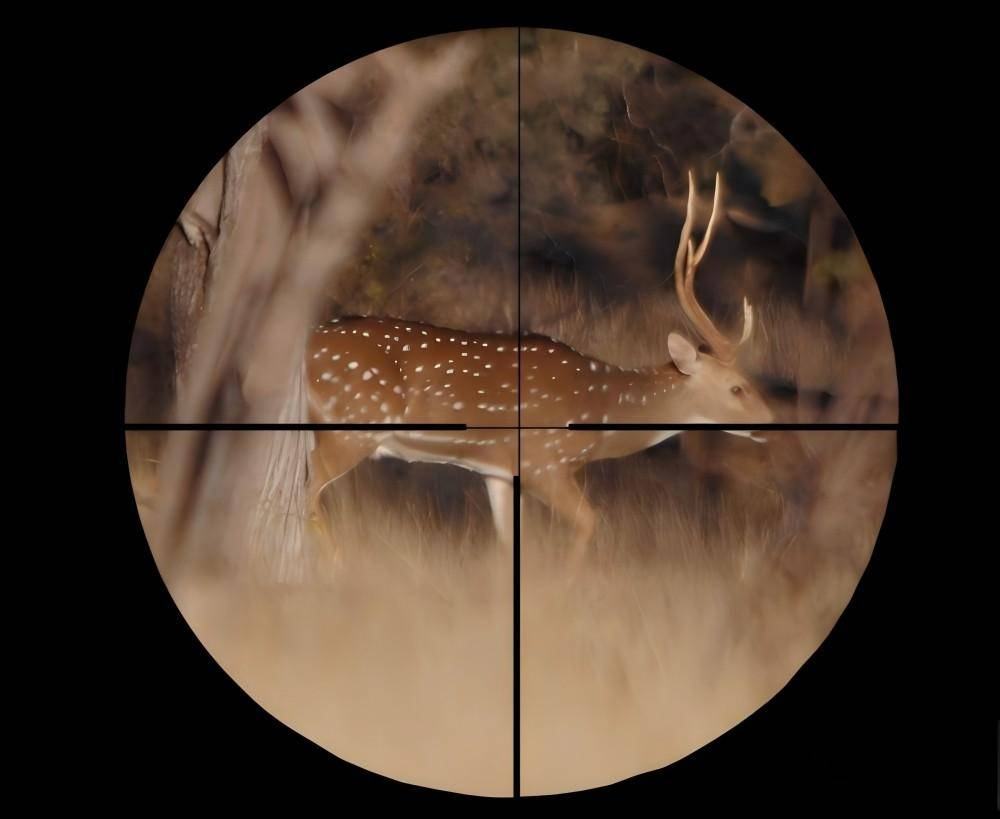
What are the Different Types of Night Vision Hunting Scopes?
Night vision technology has advanced over the years, giving rise to various types of night vision hunting scopes. Understanding the differences between these scopes is critical when selecting the best scope for night hunting.
1. Generation-Based Scopes
The most common way to categorize night vision scopes is by generation, which refers to the level of technology used in the image intensifier tubes.
- Generation 1 (Gen 1):
You can get it for just a few hundred yuan and it’s perfect for beginners to practice. But it has a major drawback: when the light is too dim, it has to be infrared on, and it can see not far. It becomes blurry when it exceeds 50 meters. It is suitable for hunting rabbits in the yard.
Best for: Beginners and those on a budget.
- Generation 2 (Gen 2):
Medium price, but double the clarity! Even if the moonlight is very weak, you can still see the target 100 meters away clearly. It is suitable for medium-distance hunting and has an extremely high cost performance.
Best for: Hunters seeking a balance between quality and price.
- Generation 3 (Gen 3):
Exclusive to the rich! The price is several thousand yuan, but the effect is amazing – even with only starlight, it can clearly see the fur color of the prey 200 meters away. Moreover, it is particularly durable and can be used in both rain and snow. It is a must-have for professional hunters.
Best for: Professional hunters or those needing top-tier performance.
- Generation 4 (Gen 4):
Military-grade technology, it won’t “blind” when exposed to strong light, but the price is too high, so ordinary hunters don’t need to buy it.
Best for: Tactical applications and advanced hunters with specialized needs.
2. Thermal Imaging Scopes
This thing is even more amazing: whether there is light or not, as long as the animal has body temperature, it can convert the heat signal into an image. For instance, on foggy days, traditional night vision goggles can’t see anything, but thermal imaging can detect the “hot spots” on wild boars 300 meters away. It’s truly an ultimate weapon in bad weather!
Best for: Hunters in environments where visibility is obstructed (e.g., fog, dense forest) or when hunting large game that emits strong heat signatures.
3. Digital Night Vision Scopes
Suitable for hunters who enjoy recording: It can be used as a regular mirror during the day and switched to night vision mode at night, allowing you to record the hunting process. The most convenient part is that there is no need to change the battery; just charge it directly. Its cost performance is much higher than that of the traditional model.
Best for: Hunters looking for versatility, affordability, and extra features like video recording.
4. Clip-On vs. Standalone Scopes
Another consideration is whether to choose a clip-on night vision scope or a standalone unit.
- Clip-On Scopes: It can be directly put on your existing scope. Remove it during the day and reinstall it at night. It saves money and is convenient.
- Standalone Scopes: Specifically designed for the night, it offers better effects but is more expensive, making it suitable for those who only play night hunting.

How to Choose the Right Night Vision Hunting Scope for Your Needs
When selecting the best scope for night hunting, several factors need to be considered to ensure you make the right choice for your needs.
1. Budget Considerations: Night vision hunting scopes can vary greatly in price, depending on the generation and type of scope. Gen 1 scopes are the most affordable, often costing a few hundred dollars, while Gen 3 and thermal imaging scopes can run into the thousands. Digital night vision scopes tend to fall in the middle range. Determine how much you’re willing to spend and balance that against the features and performance you need.
2. Hunting Environment: The terrain, climate, and type of game you’re hunting all play a role in the scope you choose. If you’re hunting in dense forests or areas with a lot of fog, a thermal imaging scope might be more effective than a traditional night vision scope. On the other hand, if you hunt in open fields with some ambient light, a Gen 2 or Gen 3 night vision scope could be sufficient.
3. Range & Resolution: How far you need to see and how clear the image should be are crucial factors. Higher-generation scopes offer better range and resolution, allowing you to identify targets from greater distances. For long-range shooting, a Gen 3 scope is often the best choice.
4. Durability & Weather Resistance: A night vision scope used for hunting needs to be rugged enough to handle outdoor conditions. Look for scopes with weatherproofing, shock resistance, and durable construction to ensure they can withstand rough handling and exposure to the elements.
5. Power Source: Consider the battery life of the scope, especially if you plan on hunting for extended periods. Some scopes offer rechargeable batteries, while others require replacements. Make sure you’re aware of how long the scope can operate before needing a recharge or new batteries.
6. Legal Considerations: Before purchasing a night vision hunting scope, check the regulations in your area. Some states or countries have restrictions on the use of night vision devices for hunting, and it’s important to stay compliant with local laws.
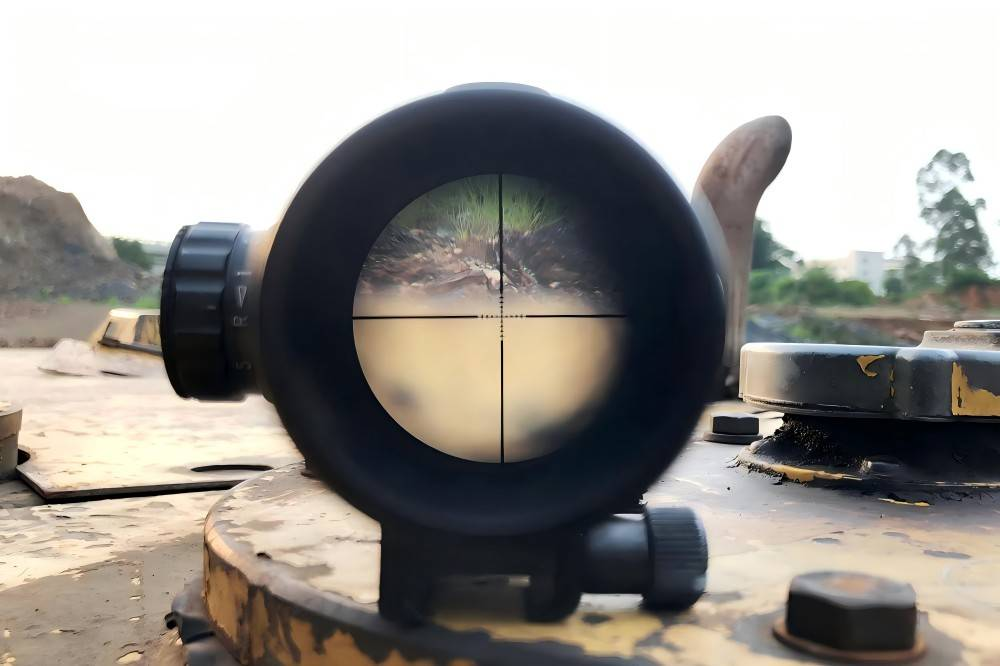
How to Care for a Night Vision Hunting Scope
Proper maintenance of your night vision hunting scope will extend its lifespan and ensure it performs well in the field.
1. Proper Handling: Night vision scopes can be sensitive to rough handling. Avoid dropping the scope or exposing it to excessive force. Transport the scope in a protective case when not in use, and handle it carefully when attaching or detaching it from your firearm.
2. Cleaning the Lens: The lens of a night vision scope is coated with special materials that can be damaged by improper cleaning. Use a microfiber cloth and a lens cleaning solution specifically designed for optics. Avoid using harsh chemicals or rough materials that could scratch the lens.
3. Battery Maintenance: Properly maintaining the batteries is critical. Remove the batteries when the scope is not in use for extended periods, and store them in a cool, dry place. If the scope uses rechargeable batteries, make sure to follow the manufacturer’s guidelines for charging and storage.
4. Storage Tips: When not in use, store your night vision scope in a dry, temperature-controlled environment. Avoid exposure to extreme temperatures or humidity, as these can damage the internal components.
5. Regular Inspections: After each use, inspect your scope for any signs of damage, such as cracks, scratches, or malfunctions. If you notice any issues, address them immediately to prevent further damage and ensure the scope remains functional.
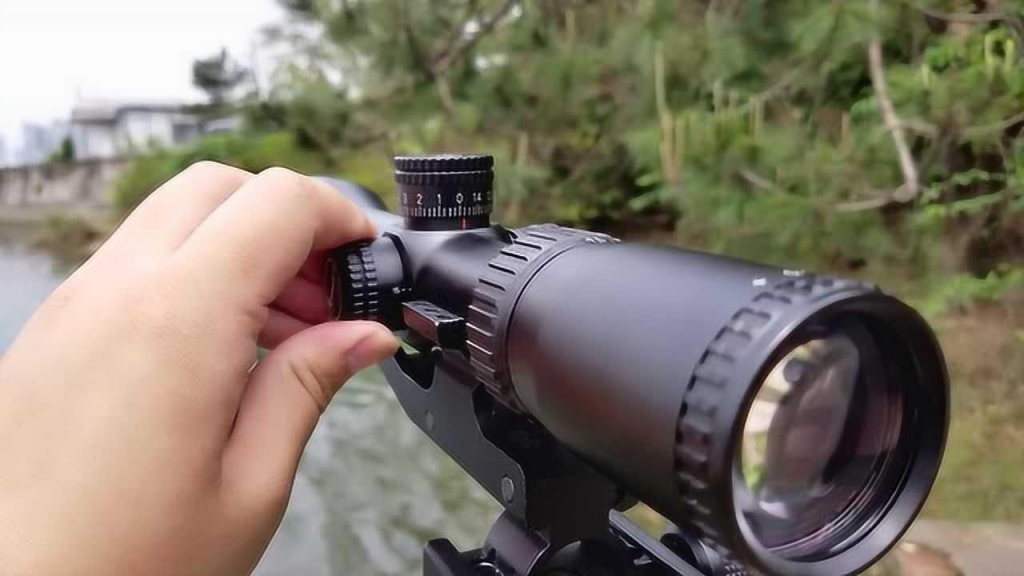
In fact, choosing the right scope is just the first step. True experts all know that the most important thing in night hunting is not the equipment, but patience and an understanding of the animal’s habits. But then again, when you wear the Gen3 scope and clearly see the movements of the deer 200 meters away in the pitted night, that feeling of controlling the night – believe me, you’ll fall in love with it!

